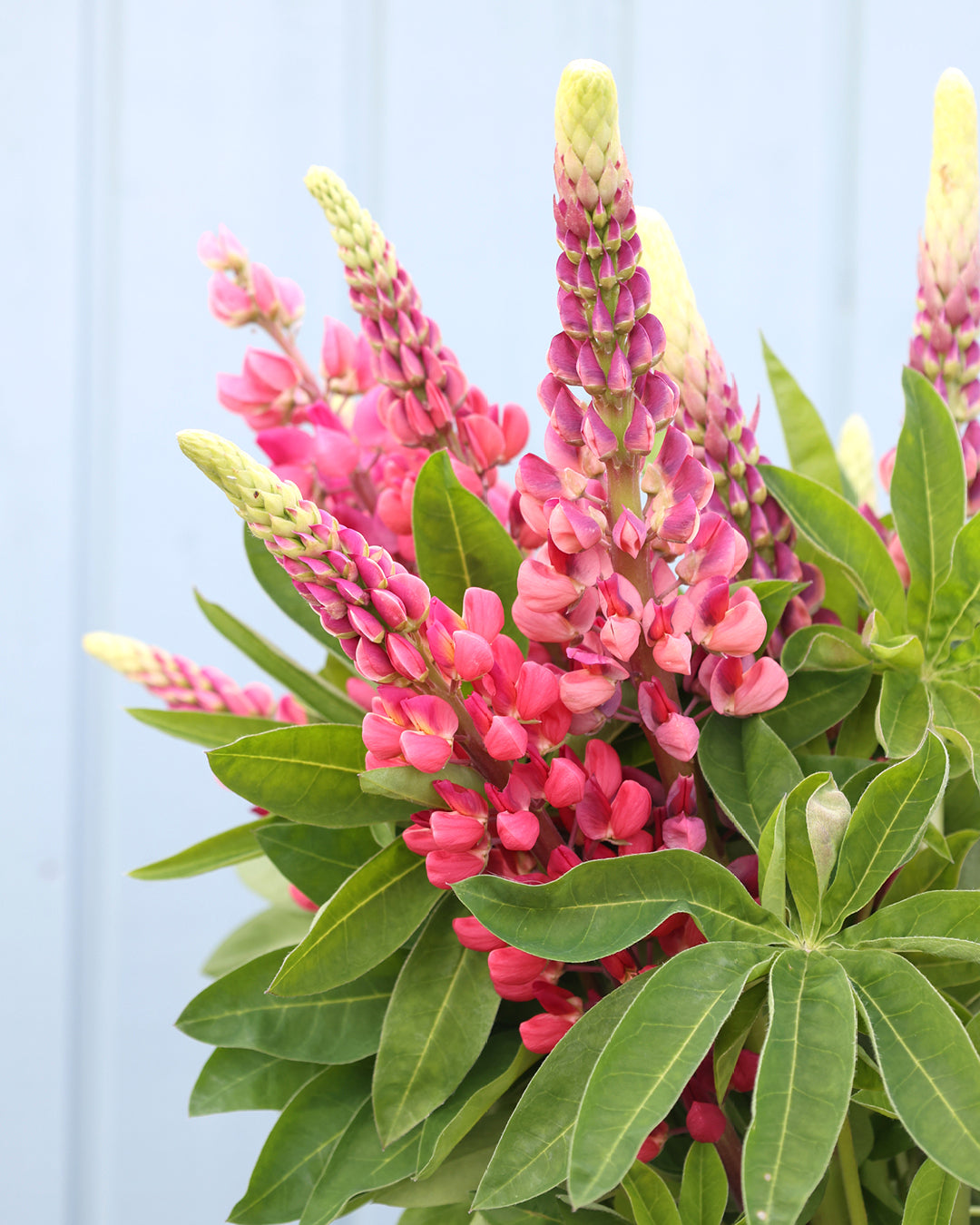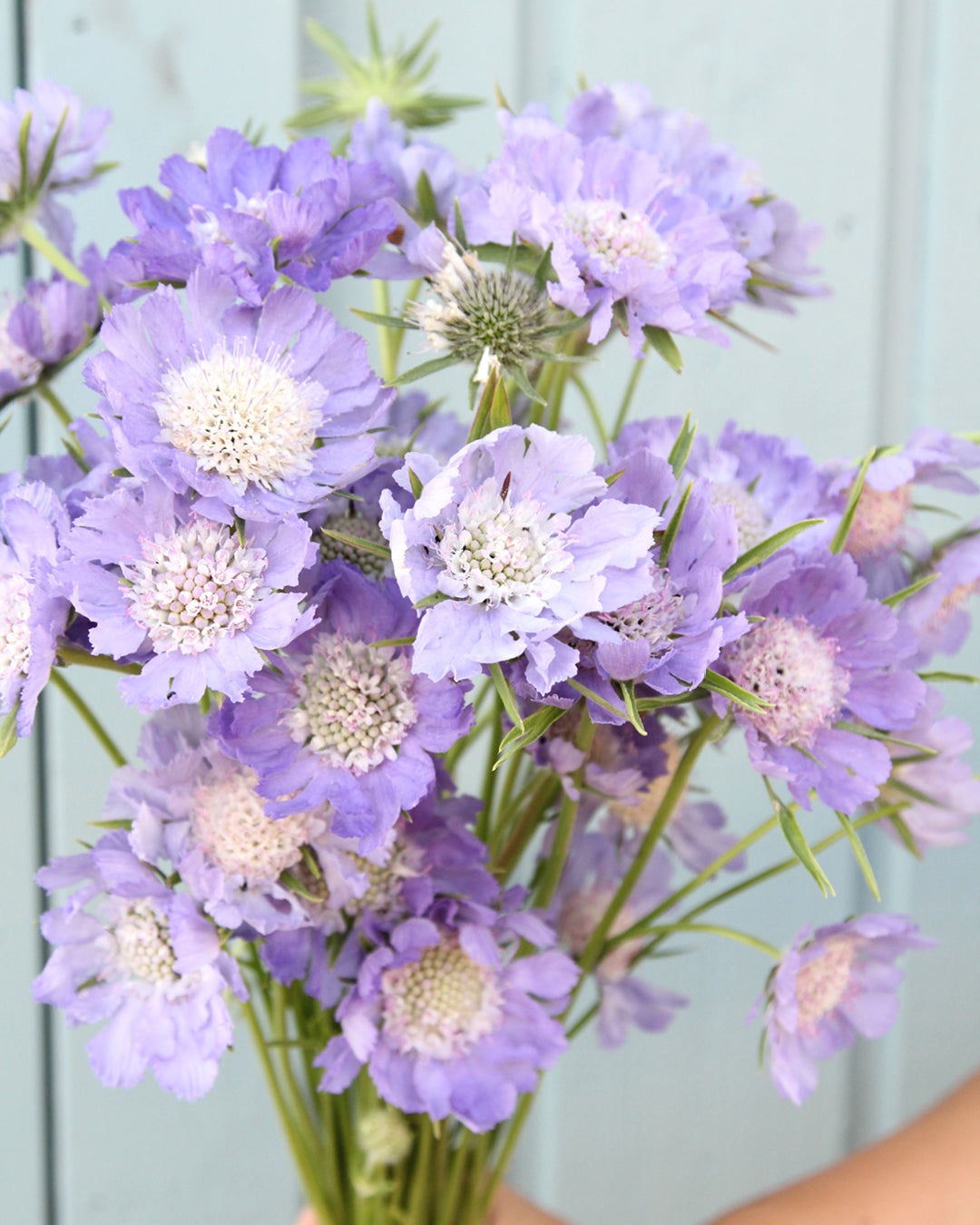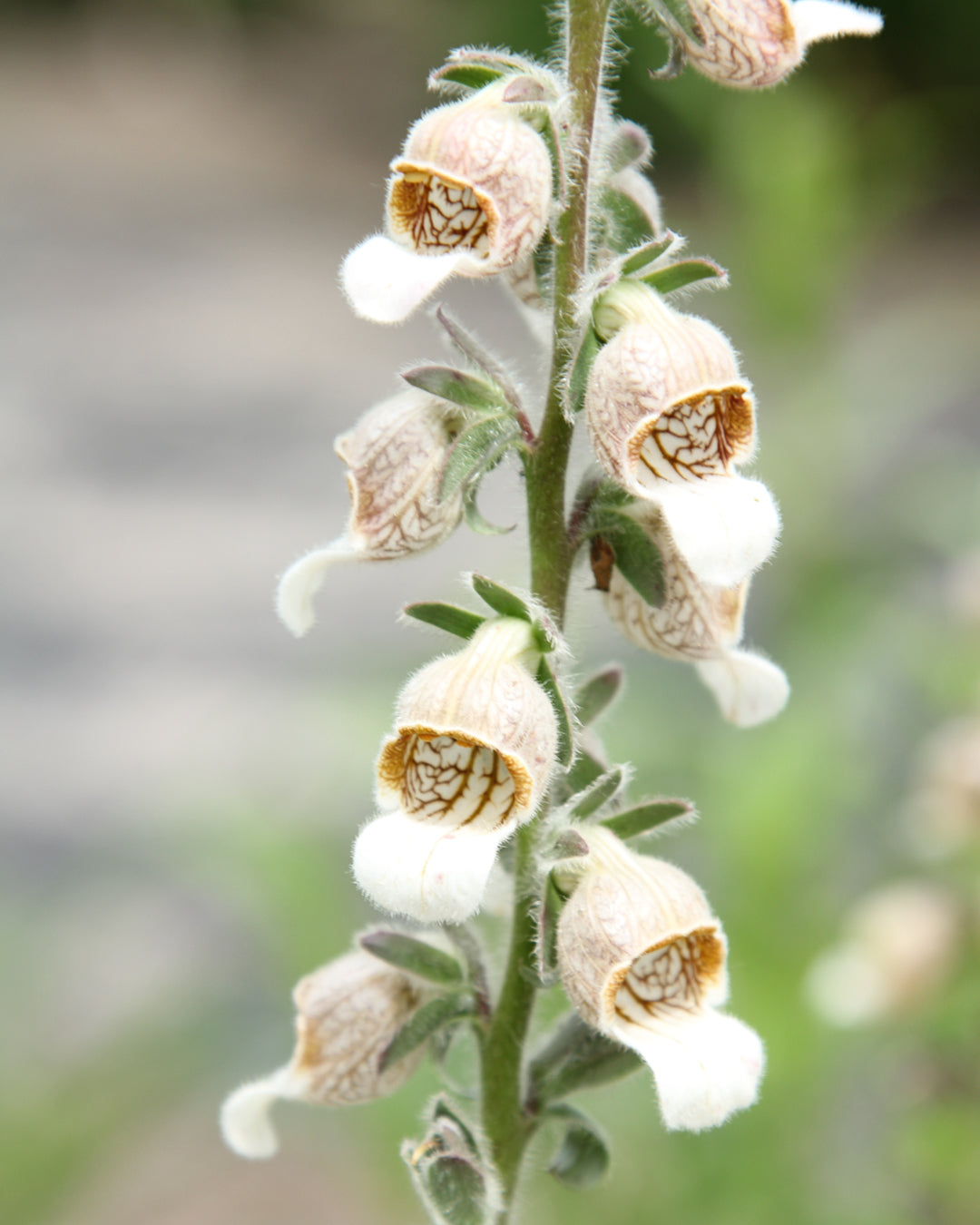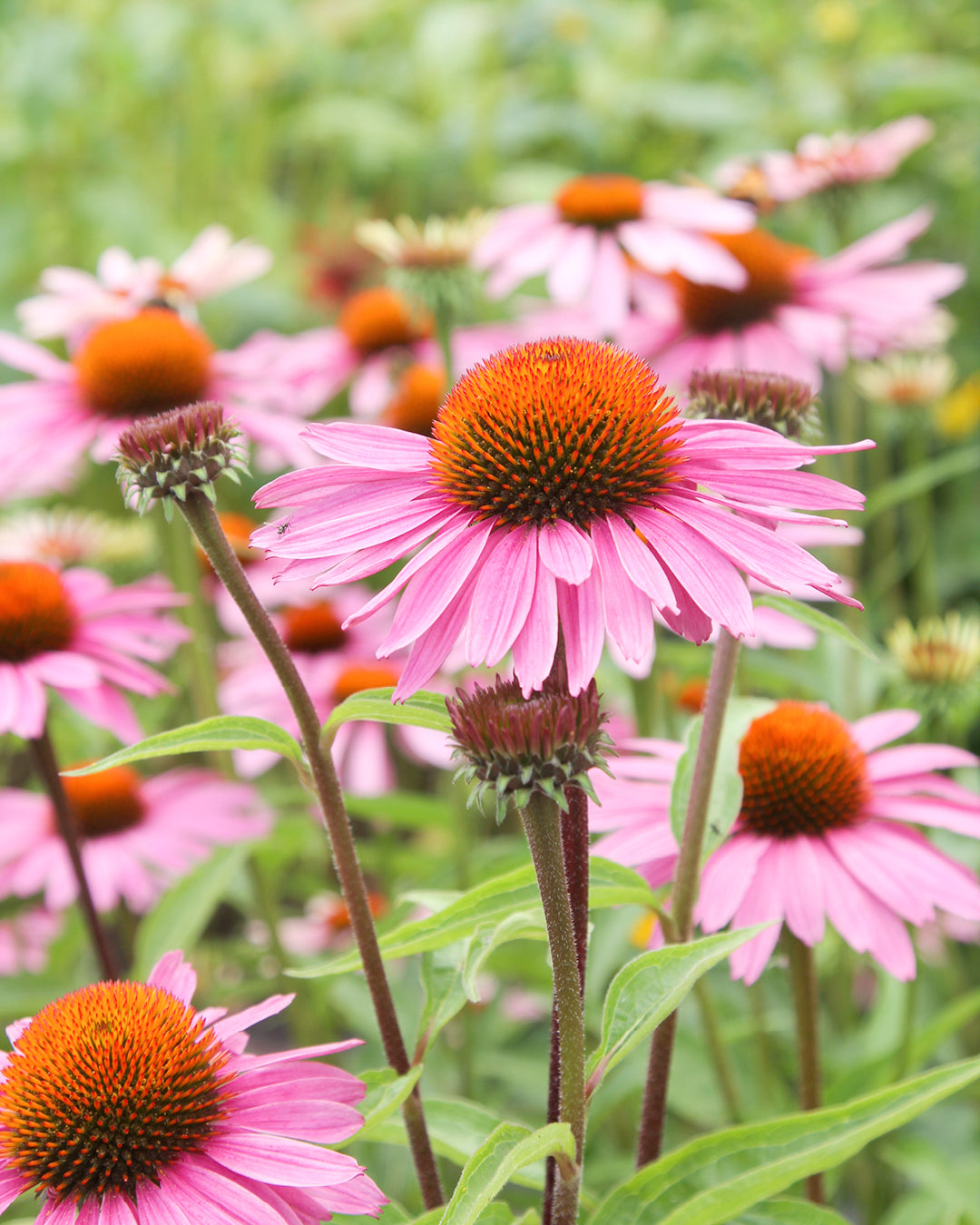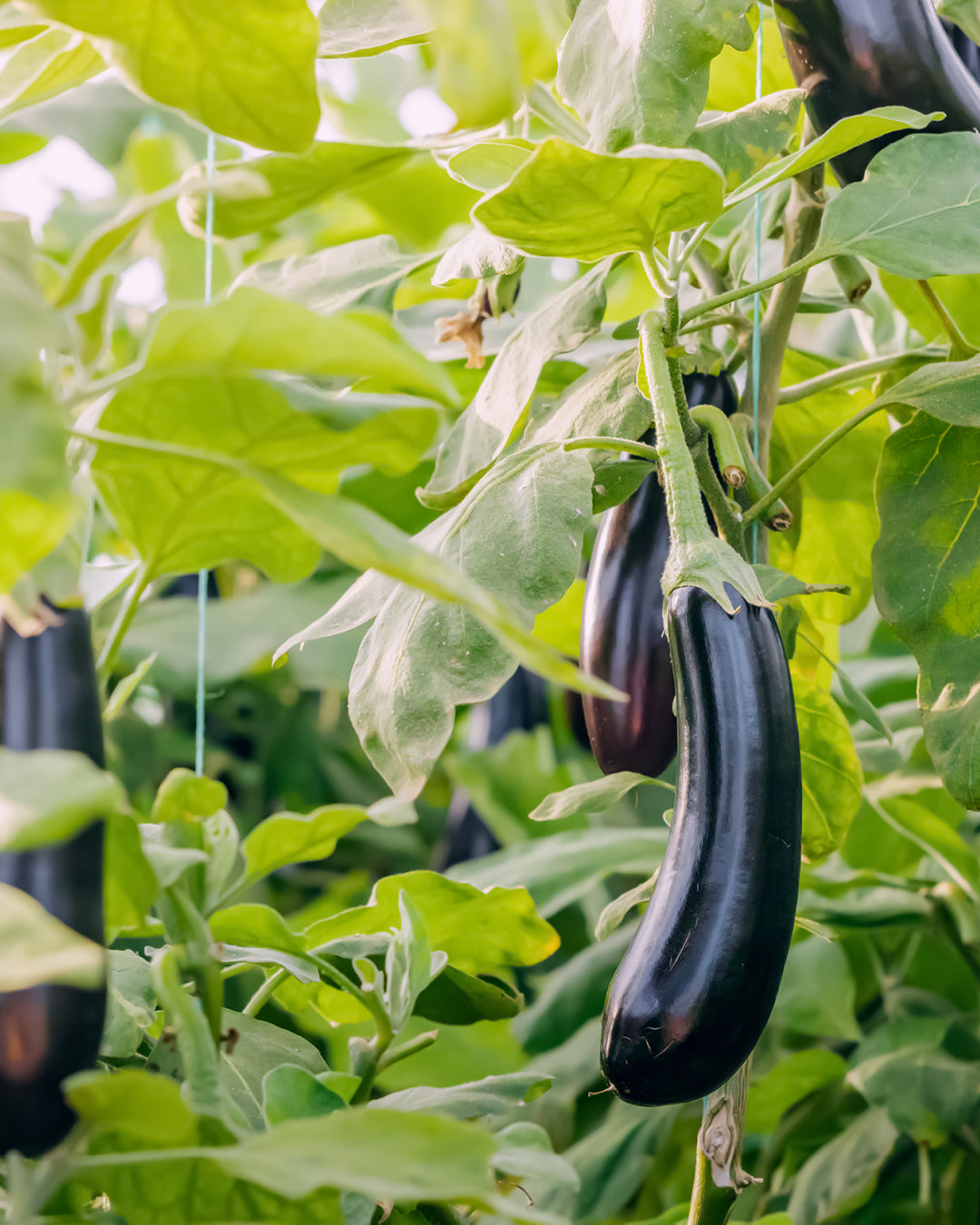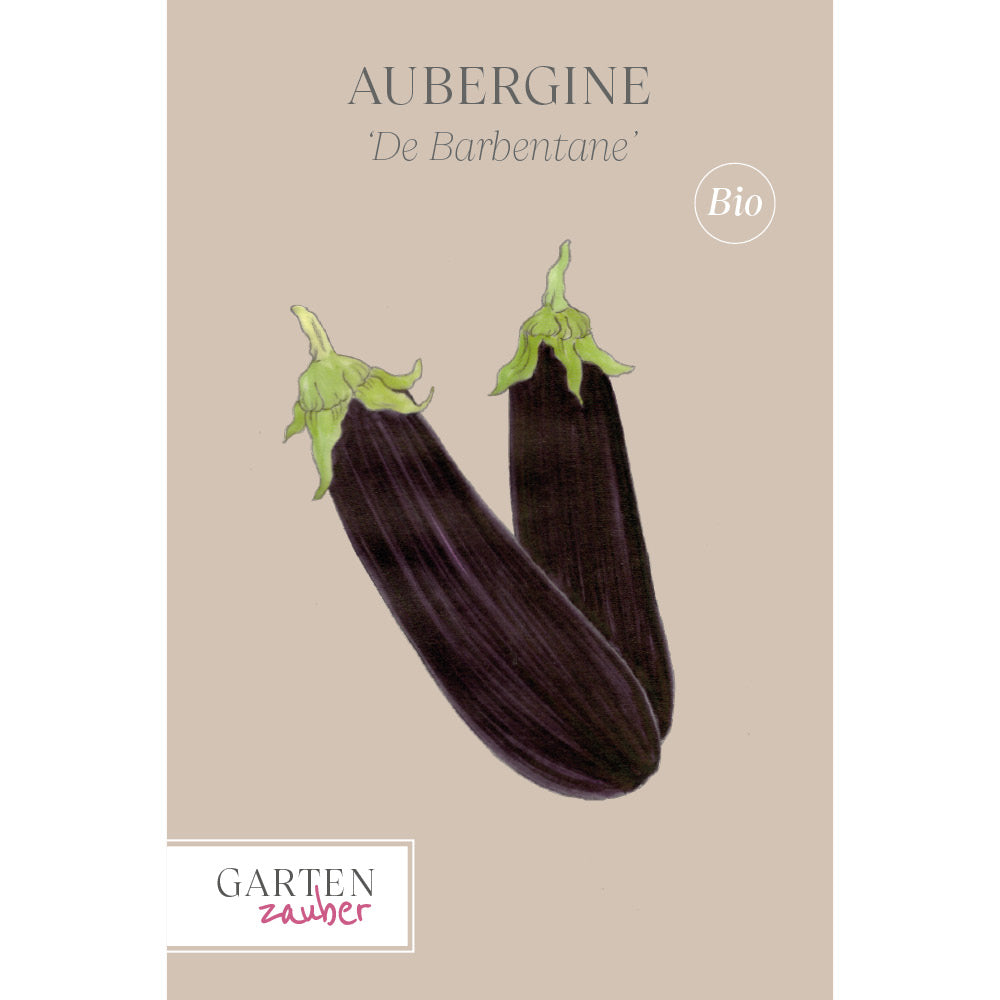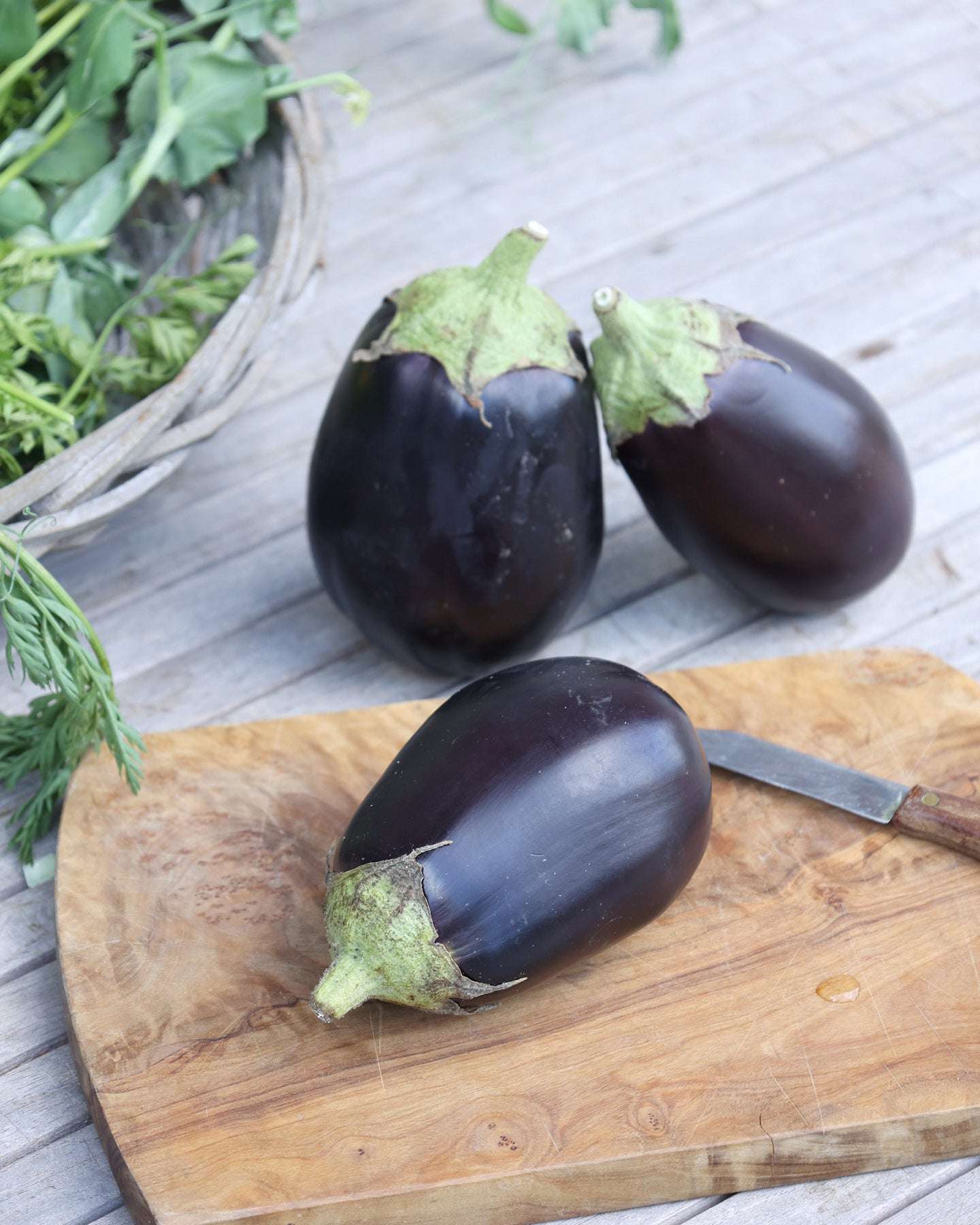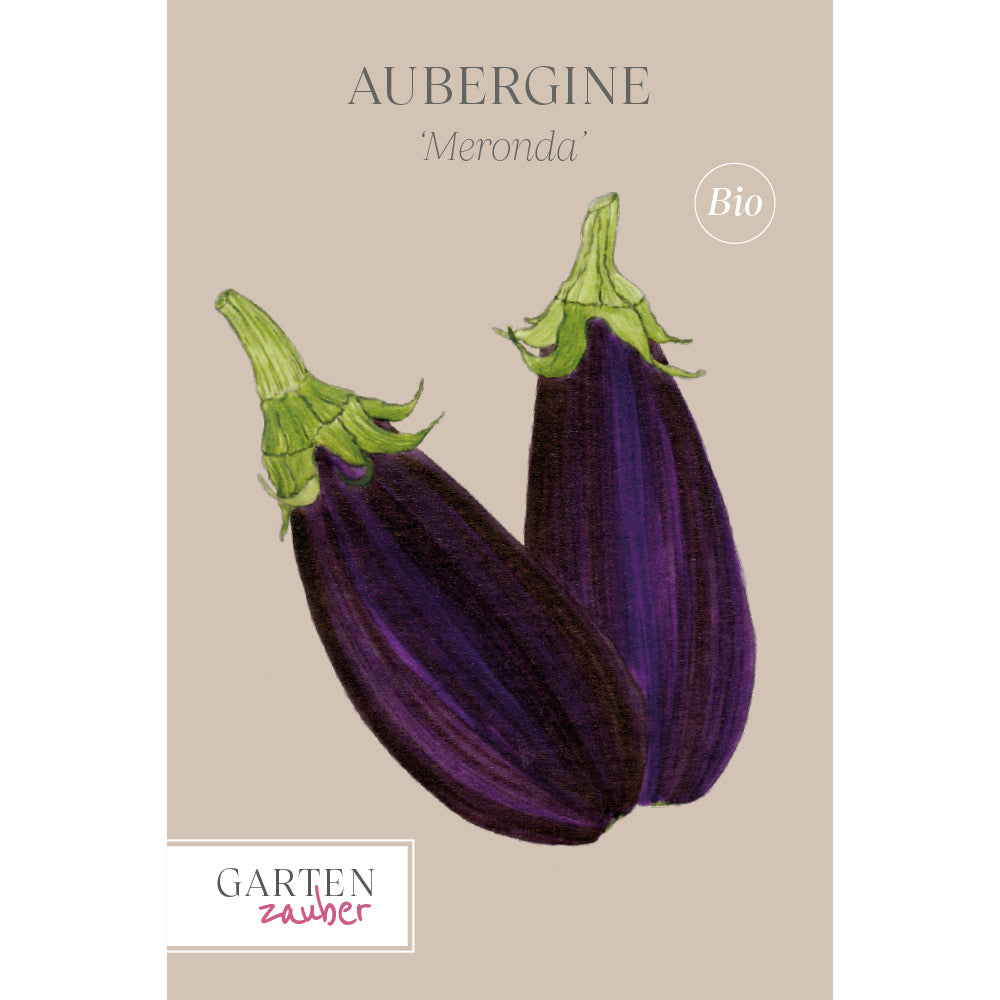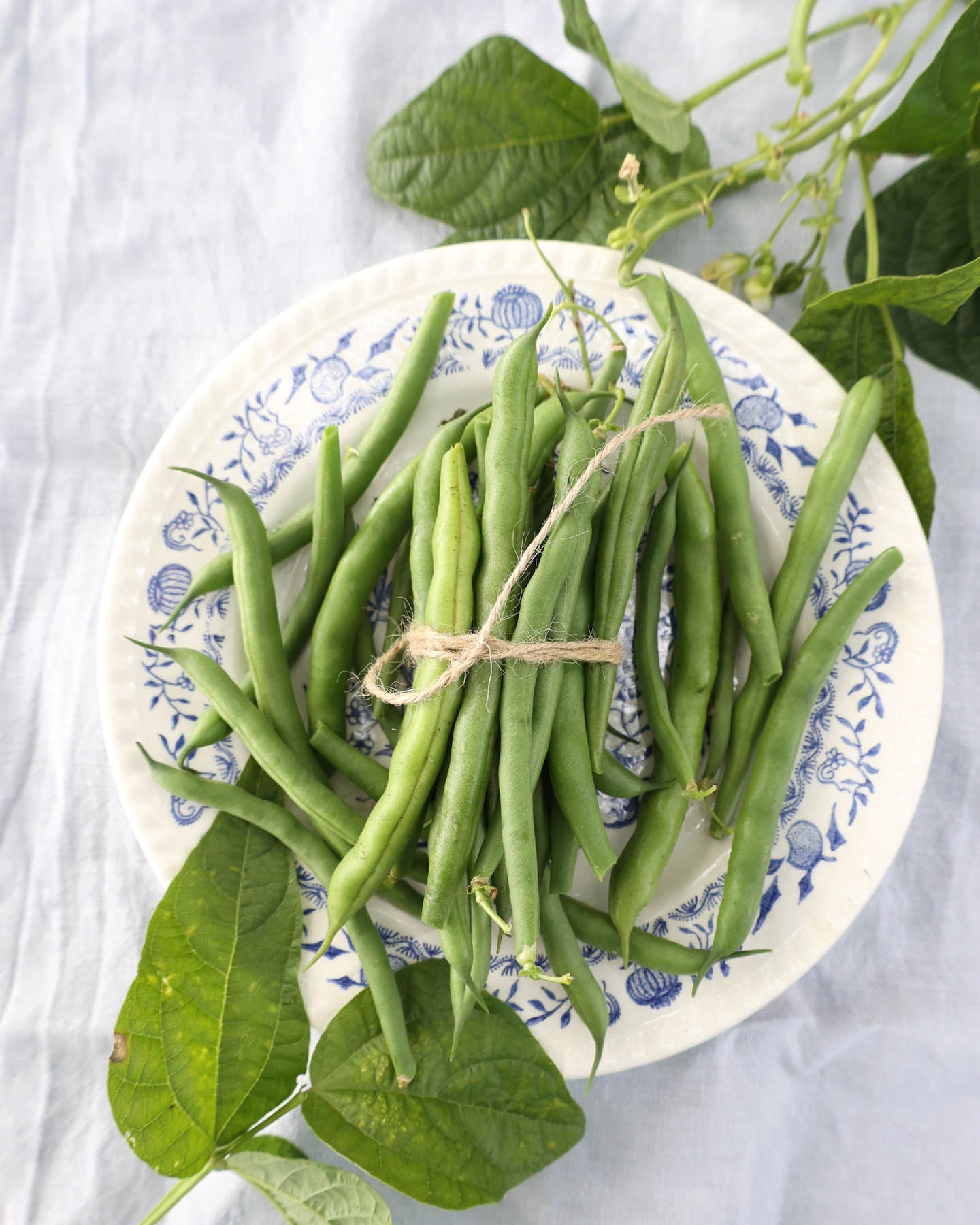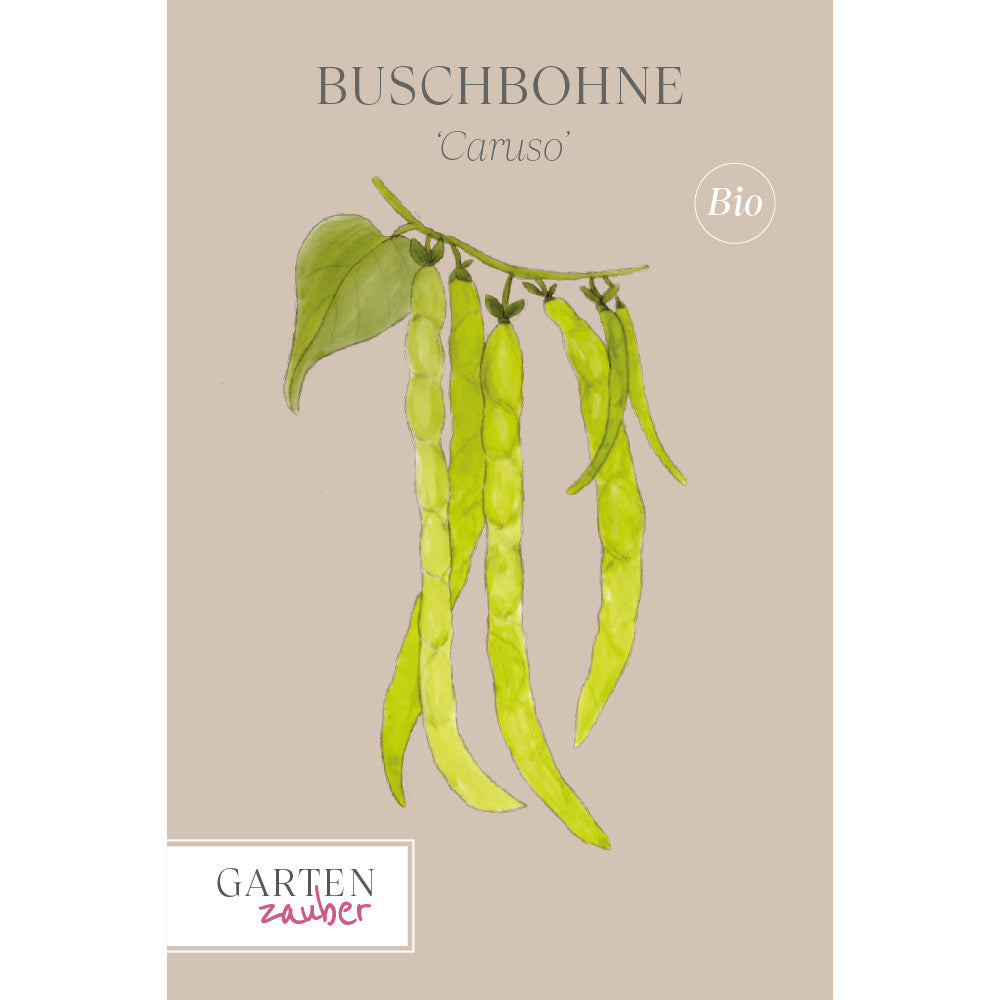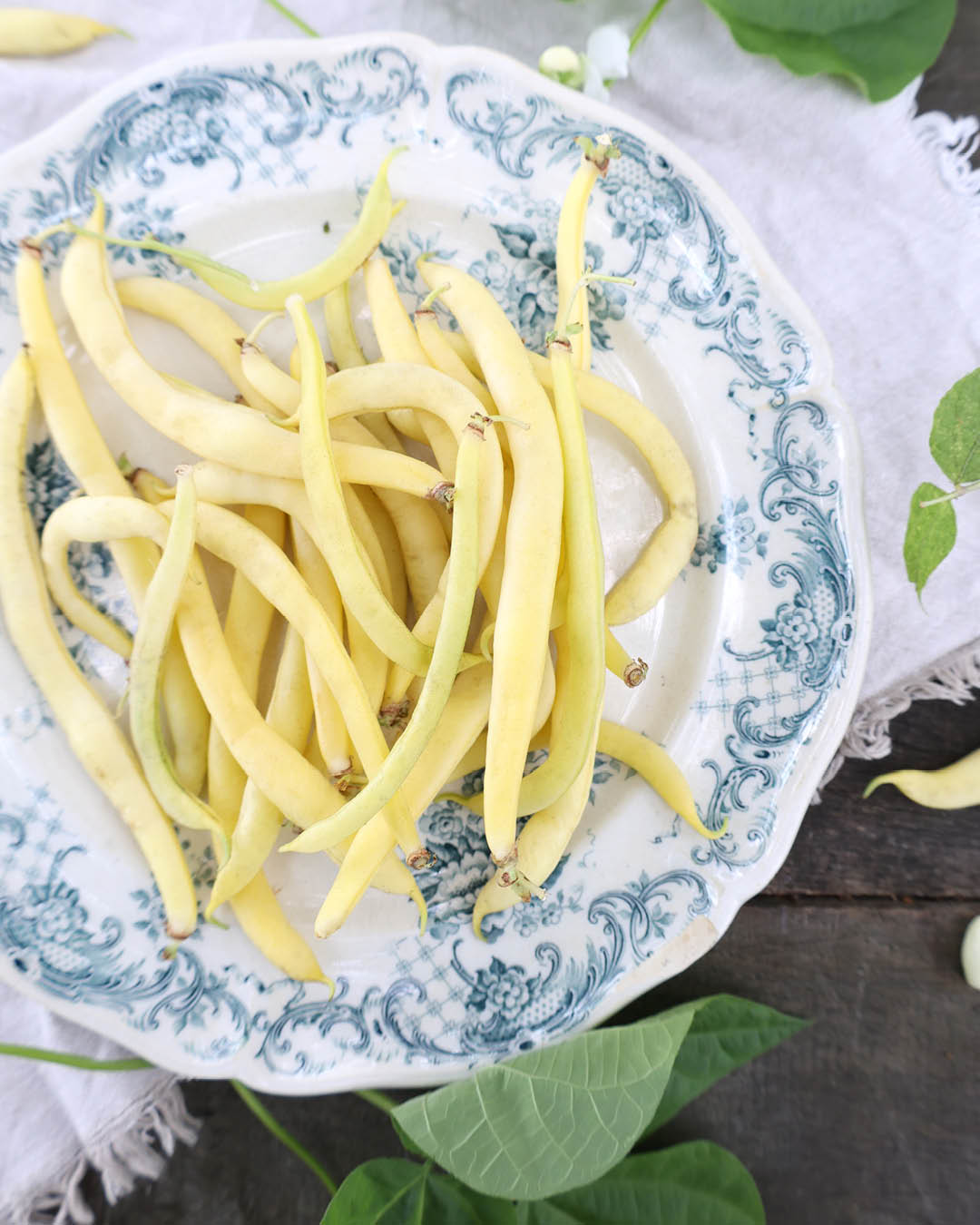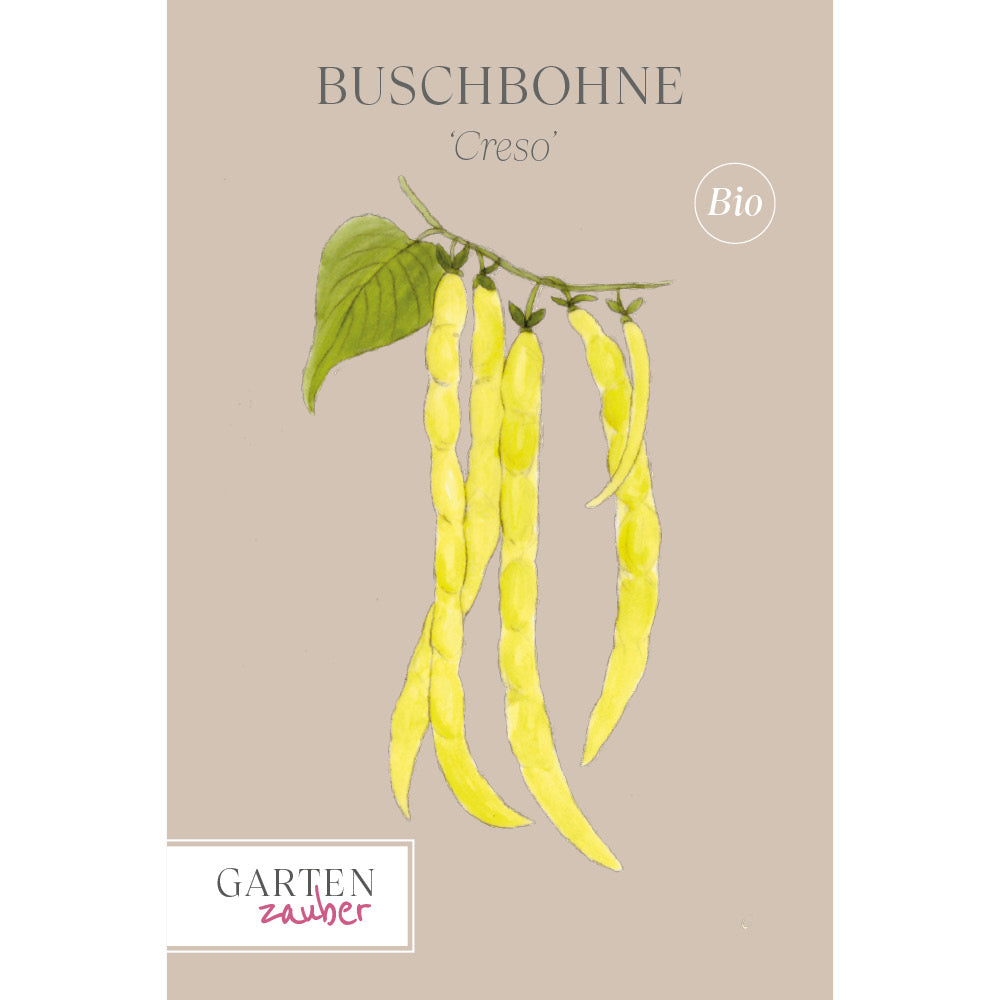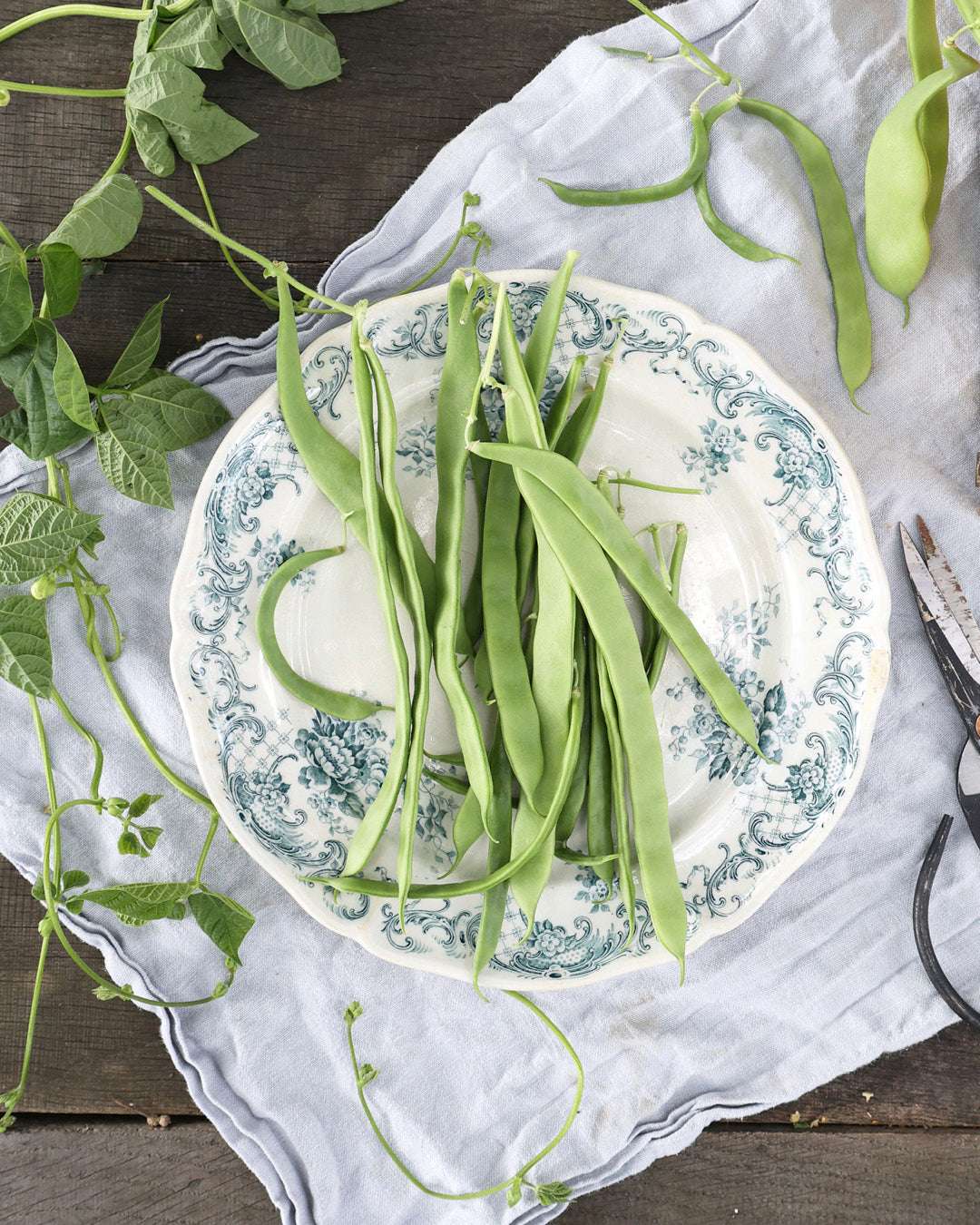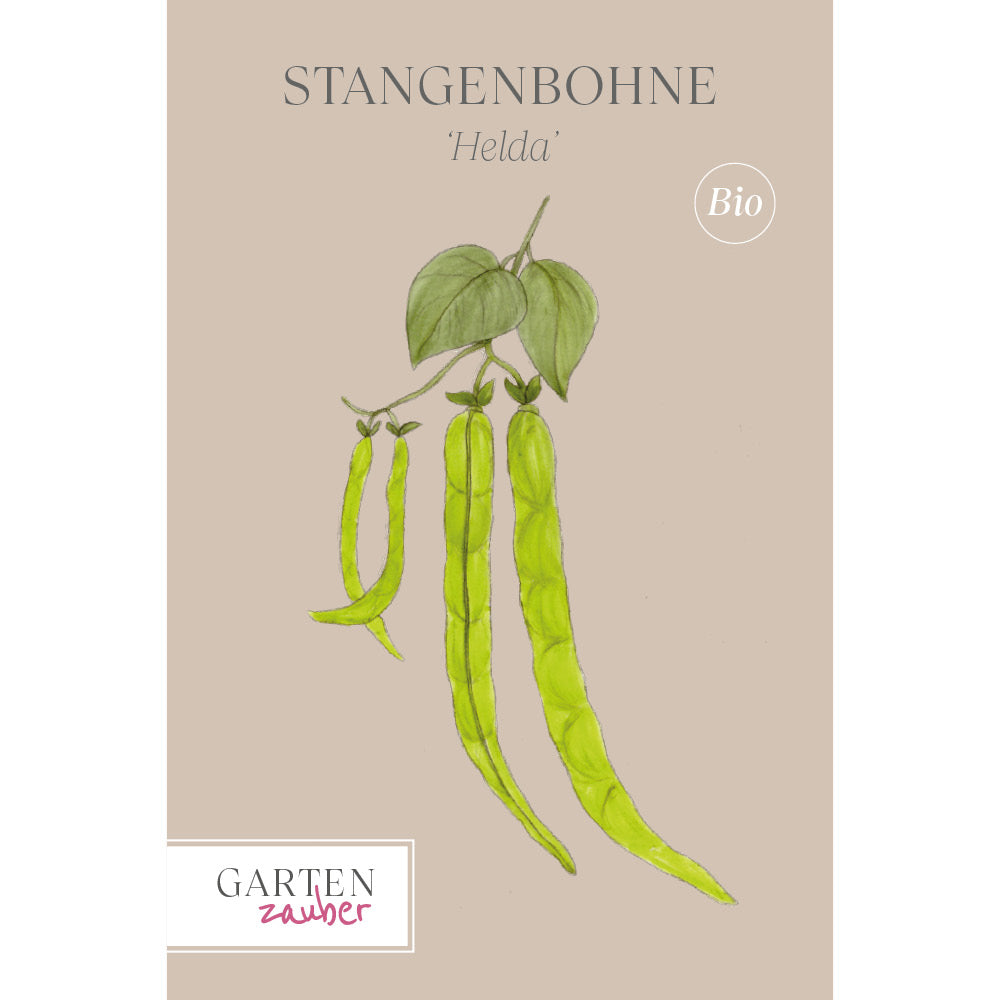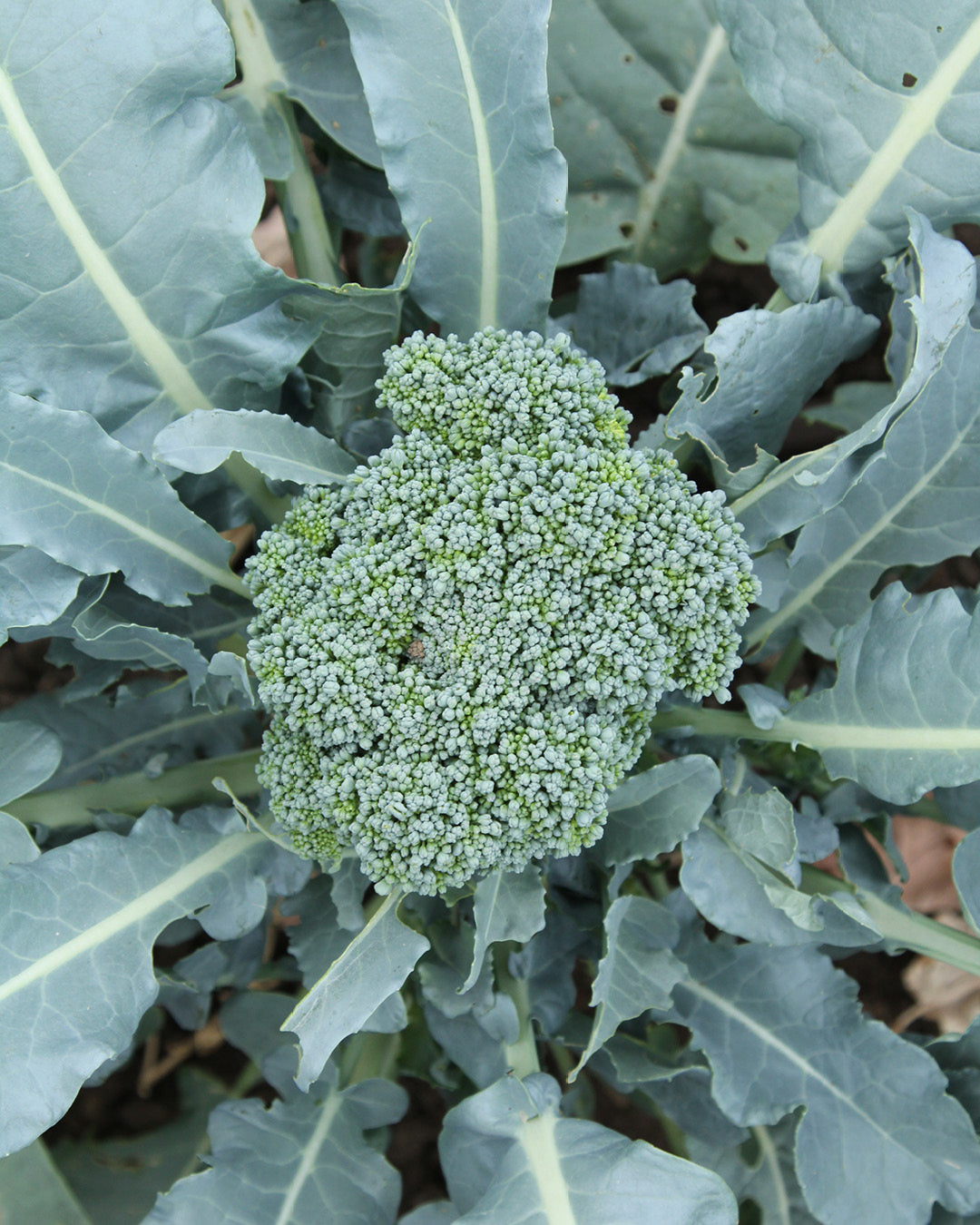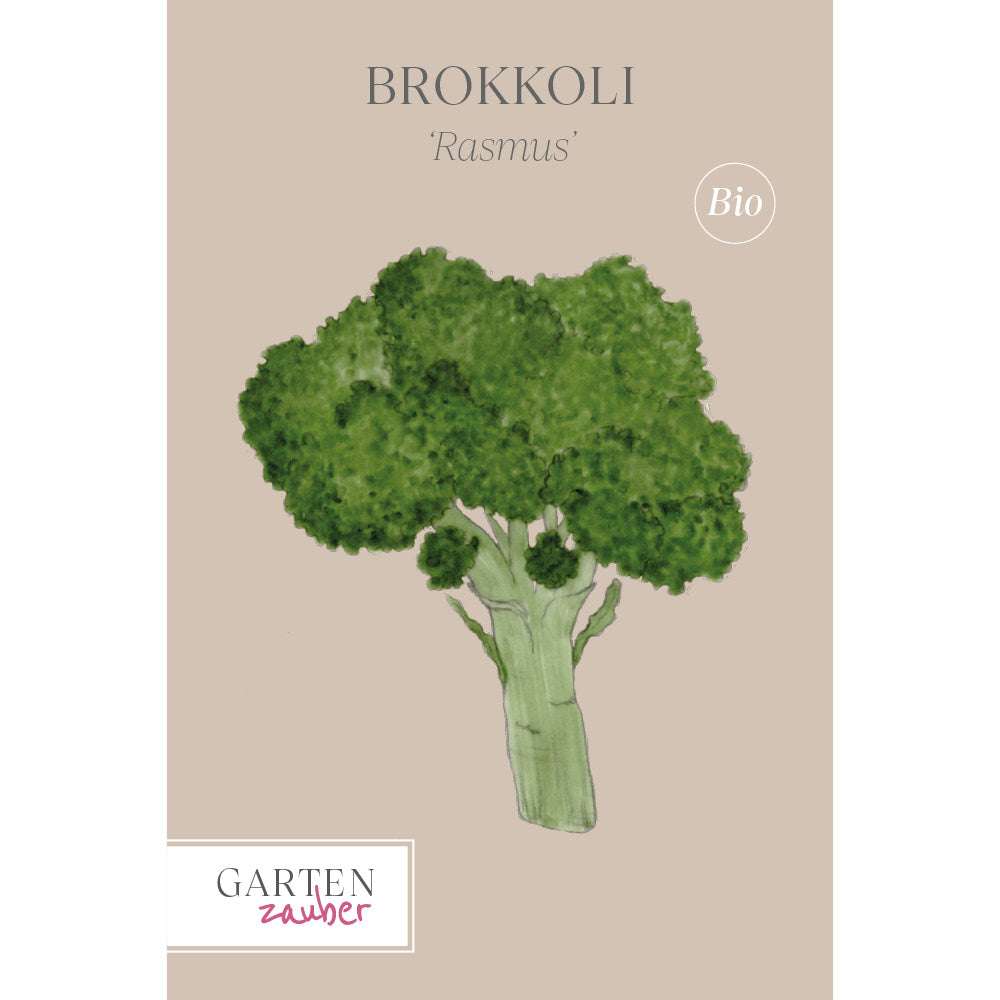DIY liquid fertilizer from nettles
Homemade liquid fertilizer saves money and releases the valuable nutrients from nettles and comfrey. We'll show you how!

How to make your own liquid fertilizer
A 5–8 cm thick layer of compost mulch per year is sufficient to replace the nutrients used by plants and at the same time improve soil structure.
But anything that grows in a container for longer than about five weeks needs to be fertilized regularly, otherwise it won't get enough nutrients.
Plant fertilizers are typically composed primarily of nitrogen, phosphorus, and potassium (NPK). They also contain trace elements that are important for the health of plants and—in the case of edible crops—humans.
Simply put, nitrogen promotes green growth, i.e., the growth of shoots and leaves. Plants need phosphorus for root development, and potassium for flower and fruit development. Liquid seaweed fertilizer is an important source of phosphorus, potassium, and minerals.
You can also make your own liquid fertilizer from nettles or comfrey. I like the idea of plants absorbing the typical garden mix of nutrients and passing them back to other plants that also grow in the same soil.
Nettles are a great source of nitrogen, especially at the beginning of the season. Simply fill a bucket, add water, and let it sit. After a few weeks, strain the liquid, dilute it (1 part nettle manure to 20 parts water), and fertilize weekly.
This is especially good for plants like chilies and tomatoes and stimulates them to grow vigorously before flowering.
The best all-purpose fertilizer, however, can be made from comfrey. This plant sends taproots up to 3 meters long deep into the soil and is exceptionally good at absorbing nutrients and storing them in its leaves. These decompose very quickly, allowing the nutrients to find their way back into the soil exceptionally quickly.
Comfrey leaves also have the highest protein content of any vegetable.
20 years ago I planted a whole row of comfrey as fertilizer
They originate from a nearby riverbank, where they had sown themselves with other plants next to a polytunnel. Today, they stand under the high hornbeam hedge that protects the vegetable garden from northerly winds. There, they continue to grow vigorously and are regularly harvested.
More nests have spread throughout the garden. They're not only a great addition to the compost heap, but also an excellent food source for bees.
If you cut comfrey back to the base each time, you can achieve three to five “harvests” per year.
To make my comfrey manure, I fill a bucket with leaves and then with water. The mixture quickly turns into a horribly smelly broth. The stench indicates that the proteins—comfrey contains up to 3.5 percent of them—are decomposing.
After two to three weeks you have a finished, greenish-brown liquid fertilizer.
A mixture of 1 part manure to 10 parts water is just right – but if it's a rich, dark brown color, 1:20 will also work. You don't need a measuring cup – just eyeball it. A higher concentration won't produce better results.
The solution can be sprayed directly onto the foliage as a foliar fertilizer or used to water the root area.
Nettle and comfrey manure will keep for a year in a sealed container, but we use it much faster. The results aren't spectacular, but they don't have to be. It's simply about providing plants in a greenhouse or pot with the nutrients that nettles and comfrey have extracted from the soil and stored in their leaves. It's all about balance. As always in the garden.

The content of this article is from the book:
Monty Don
Ingenious gardening– Organic and close to nature today
Price 29.95 €
ISBN 978-3-8310-4311-8
DK Publishing Dorling Kindersley
Gardening in harmony with nature – this is the motto of gardening pro Monty Don, whose dedication and enthusiasm for organic gardening are simply infectious. In his practical gardening guide, he presents his comprehensive gardening expertise in a clear and understandable way for everyone.

